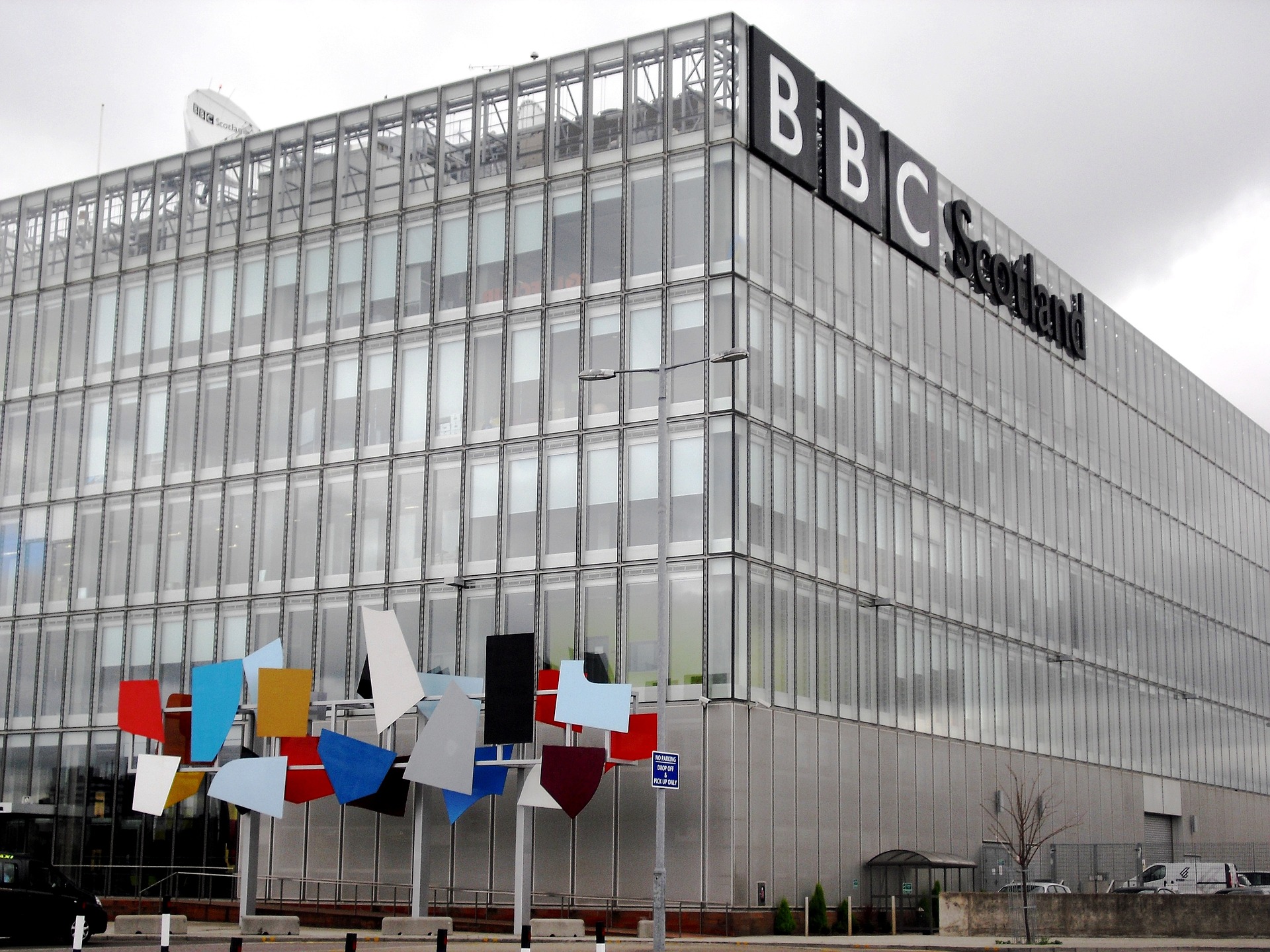“There is no one thing called ‘journalism’; no single entity called ‘news’; no single recognisable entity for a ‘journalist’.”
Alan Rusbridger, former Editor-in-Chief of The Guardian
Journalists were once gatekeepers of information, defining what constituted ‘news’. A select group of people, with privileged access to this information, decided what was in the ‘public interest.’ This form of vertical news delivery – with consumers as passive recipients – appears wholly outdated. News is now delivered in a way where everyone has a voice and can contribute, share, vent and comment. For the first time in history, a truly democratic system of news exists. The success of the democratisation of the news is exemplified by the work of independent investigative website Bellingcat. This native news site utilises publicly available sources like social media to break its stories. Its creator, a self-styled hobbyist, heads up a team of “arm-chair investigators” who, through the use of open source techniques, identified the would-be Russian assassins that unleashed the chemical nerve agent Novichok upon Salisbury earlier this year. This begs the question: if everyone has the means to be a journalist, the platform to report news, and the ability to speak truth to power, then what is the role of traditional news organisations?
Observers have been decrying the death of the traditional news industry since the early 2000s. Sales of newspapers have declined year-on-year and advertising revenues have dried up. Yet, if these organisations are on their death bed, they do not appear to realise it. Earlier this year, Carole Cadwalladr’s dogged investigative journalism for the Observer shed light on Facebook’s role in the earth-shattering political events of 2016. Working in collaboration with fellow traditional media organisations, Channel 4 and The New York Times, she was able to uncover how Facebook allowed user data to be harvested by the clandestine consulting agency, Cambridge Analytica.

The British group then weaponised this information, using it for targeted advertising campaigns in both the American presidential election and the British referendum on its EU membership. Cadwalladr’s exemplarily work led to a very public apology from Facebook’s dear leader, Mark Zuckerberg and forced him to appear before America’s Congress. Traditional media still has the power to force societal change. Now a year since #MeToo began, one should not forget, its genesis was a front-page story published in The New York Times. Journalists Meghan Twohey and Jodi Kantor went about their work in the time-honoured tradition of investigative journalism, persuading their source, Ashley Judd to go on the record with her allegations against film producer Harvey Weinstein. For their work on this paradigm-shifting story, they were awarded the most coveted accolade in journalism: The Pulitzer Prize. #MeToo has shown just how complementary the vertical news system can be. What started its life as a breaking story in a traditional news organisation, migrated to Twitter where it spurned a mass movement and forced what will – hopefully – be lasting change.
The role of gatekeeper is truly dead, and good riddance. A privileged few should not be able to decide what information is in the interest of the many. Yet traditional news organisations, far from going gently into that good night, have sustained their relevancy in this democratised landscape. The two most important stories of the past twelve months have come not from cutting-edge native news sites, but from traditional media. While the future remains uncertain – a successful economic model remains elusive – their role as trusted purveyors of information remains secure.
Andrew Morris

